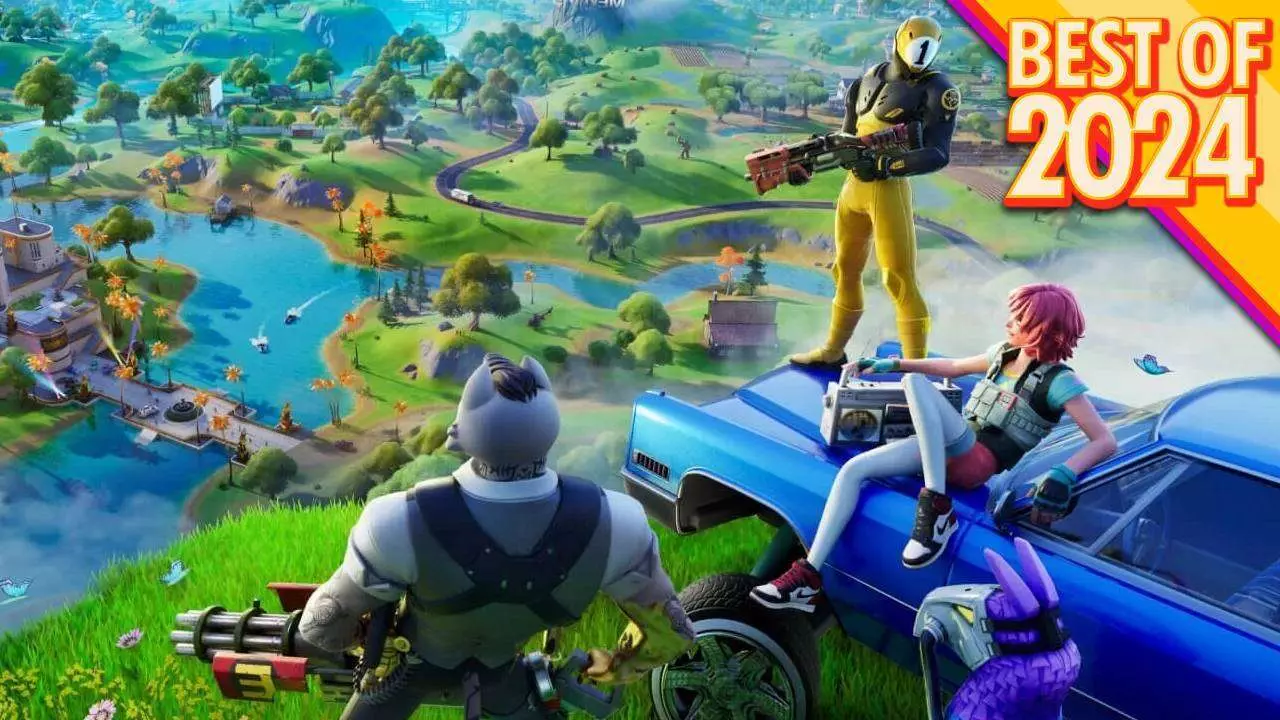In the fast-paced world of gaming, price fluctuations can significantly impact player experience and engagement. Over the past year, players have witnessed an alarming uptick in the costs associated with Fortnite, primarily driven by Epic Games’ strategic pricing overhaul. This article delves into the multifaceted price increases the game has seen, examining the implications for both the player community and Epic’s business model.
The most evident change in Fortnite’s economic landscape began in late 2023 with a noticeable rise in the price of V-Bucks, the in-game currency essential for acquiring skins, emotes, and other cosmetics. This initial move served as a precursor to more comprehensive adjustments in Epic’s pricing ethos, setting a precedent for a series of later decisions that would further inflate costs.
As players entered 2024, they were greeted with a shift in Epic’s item shop philosophy. The game-makers significantly reduced the variety of new collaboration skins—those iconic character designs often linked to popular franchises—in favor of a more limited selection. While collaborations provide excitement and fresh content, the decrease in additional style options signals a harsh pivot toward monetization without necessarily enhancing player satisfaction. For instance, during Chapter 5 Season 4, only a meager fraction of collaboration skins featured alternate styles. This stark departure from previous practices disappointed many players who valued the customization aspects of their characters.
Epic Games took bundling to a new level in 2024, restricting the purchase of popular collaboration skins to bundled offerings that often came at inflated prices. The once-rare bundling tactic became commonplace, with over 30 instances recorded within the year, contrasting sharply with just a handful the year prior. This not only limits consumer choice but also places a heavier financial burden on players who must now invest in accessories they may not want just to gain access to desired skins. Furthermore, the steep price increases for bundles, surpassing the previously established cap of 2800 V-Bucks, have made it clear that Epic is reshaping the economic dynamics of Fortnite in ways that prioritize revenue over player sentiment.
Market Reactions and Future Directions
As negative sentiment rippled through the community, Epic Games appeared to show some awareness of its players’ frustrations, as evidenced by the slight retreat from exorbitant bundle pricing in late 2024. This move could suggest a turning point for the developers. However, whether this adjustment is a genuine effort to reconnect with their audience or merely a reactive measure remains to be seen.
The inflationary trends within Fortnite highlight broader trends in gaming economics, where developer strategies increasingly detach from community welfare. While Epic Games has made some recent concessions, the overall trajectory points to a playbook focused on maximizing profit at the expense of player satisfaction. Ultimately, whether this strategy pays off in the long run depends on their ability to balance economic goals with fostering a loyal player community willing to engage with the evolving Fortnite experience.


Leave a Reply